Species Photo Gallery for Omolicna uhleri No Common Name 33 |
 | Photo by: Marilyn Westphal
Henderson Co.
Comment: On UV light sheet | 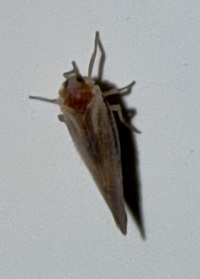 | Photo by: Marilyn Westphal
Henderson Co.
Comment: Attracted to UV light sheet |
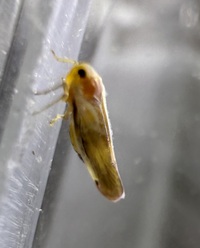 | Photo by: Marilyn Westphal
Henderson Co.
Comment: Attracted to light from porch door. |  | Photo by: Marilyn Westphal
Henderson Co.
Comment: Attracted to light from porch door. |
 | Photo by: K. Bischof
Transylvania Co.
Comment: GORG |  | Photo by: Ken Kneidel
Mecklenburg Co.
Comment: 5.2 mm |
 | Photo by: Rob Van Epps
Mecklenburg Co.
Comment: Attracted to UV light. Suburban yard near woods. | 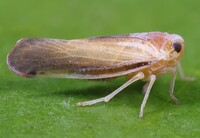 | Photo by: Rob Van Epps
Mecklenburg Co.
Comment: Attracted to UV light. Suburban yard near woods. |
 | Photo by: Rob Van Epps
Mecklenburg Co.
Comment: Attracted to UV light. Suburban yard near woods. | 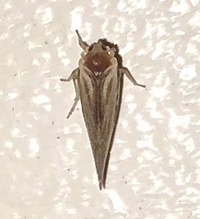 | Photo by: Ken Kneidel
Yancey Co.
Comment: forest edge |
 | Photo by: Ken Kneidel
Mecklenburg Co.
Comment: came to CFL porch light at night | 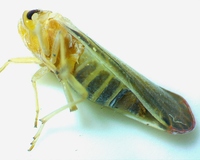 | Photo by: Ken Kneidel
Mecklenburg Co.
Comment: came to CFL porch light at night |
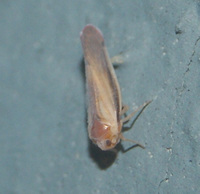 | Photo by: Vin Stanton
Buncombe Co.
Comment: |  | Photo by: Jim Petranka
Madison Co.
Comment: unid_leafhopper |
 | Photo by: Ken Kneidel
Mecklenburg Co.
Comment: 5 mm, low vegetation of retention basin | 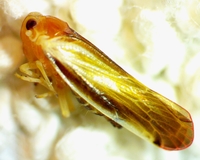 | Photo by: Ken Kneidel
Mecklenburg Co.
Comment: 5 mm, low vegetation of retention basin |
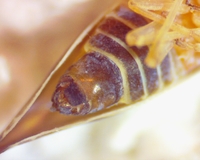 | Photo by: Ken Kneidel
Mecklenburg Co.
Comment: 5 mm, low vegetation of retention basin | 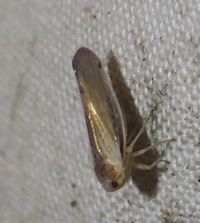 | Photo by: Randy Emmitt
Orange Co.
Comment: one of 3 hoppers seen on the sheet, very cool evening. |
 | Photo by: F. Williams, S. Williams
Gates Co.
Comment: MEMI | 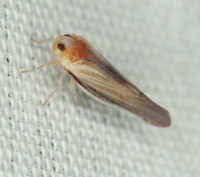 | Photo by: T. DeSantis
Durham Co.
Comment: ENRI |
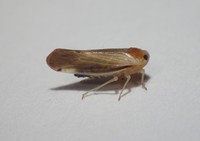 | Photo by: Rob Van Epps
Mecklenburg Co.
Comment: Hardwood forest, attracted to black light. | 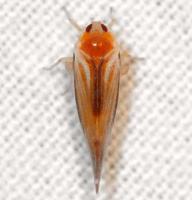 | Photo by: Kyle Kittelberger, Brian Bockhahn, Paul Scharf
Surry Co.
Comment: grassy, brushy habitat near forest edge & forest |
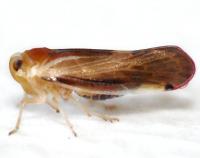 | Photo by: Kyle Kittelberger, Brian Bockhahn, Paul Scharf
Vance Co.
Comment: Found in forest edge habitat | 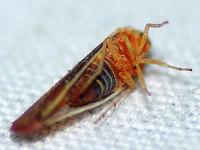 | Photo by: Paul Scharf
Warren Co.
Comment: Attracted to Light |
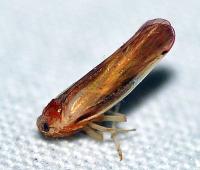 | Photo by: Paul Scharf
Warren Co.
Comment: Attracted to Light | 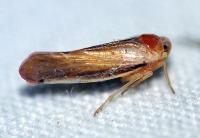 | Photo by: Paul Scharf
Warren Co.
Comment: Attracted to Light |
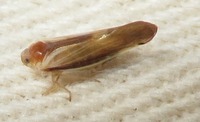 | Photo by: B. Bockhahn, P. Scharf
Surry Co.
Comment: | 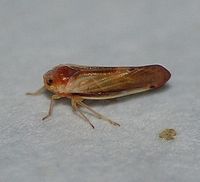 | Photo by: Paul Scharf
Warren Co.
Comment: Throughout Aug and early Sep , I've been averaging 30-40 individuals nightly. By 8 Sep the numbers have dropped to about a dozen |
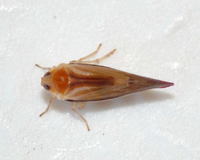 | Photo by: Kyle Kittelberger, Brian Bockhahn, Paul Scharf
Vance Co.
Comment: Found in forest edge habitat | 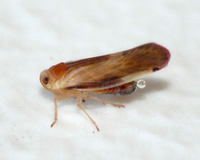 | Photo by: Kyle Kittelberger, Brian Bockhahn, Paul Scharf
Vance Co.
Comment: Found in forest edge habitat |
 | Photo by: Paul Scharf
Warren Co.
Comment: Attracted to Black Light | 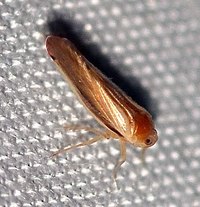 | Photo by: Paul Scharf
Warren Co.
Comment: Attracted to Black Light |
 | Photo by: Paul Scharf
Warren Co.
Comment: Attracted to Black Light |

 »
»
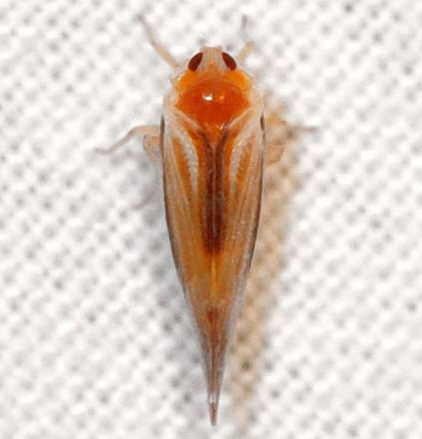
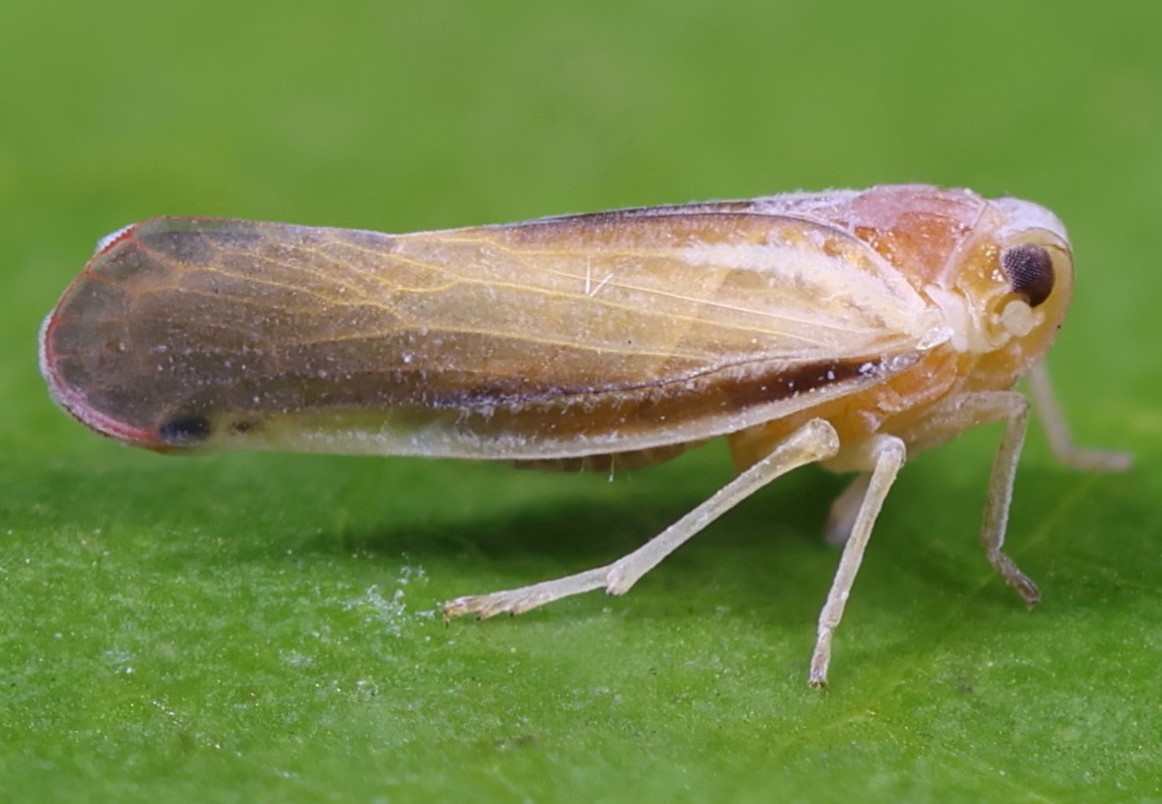

 »
»

